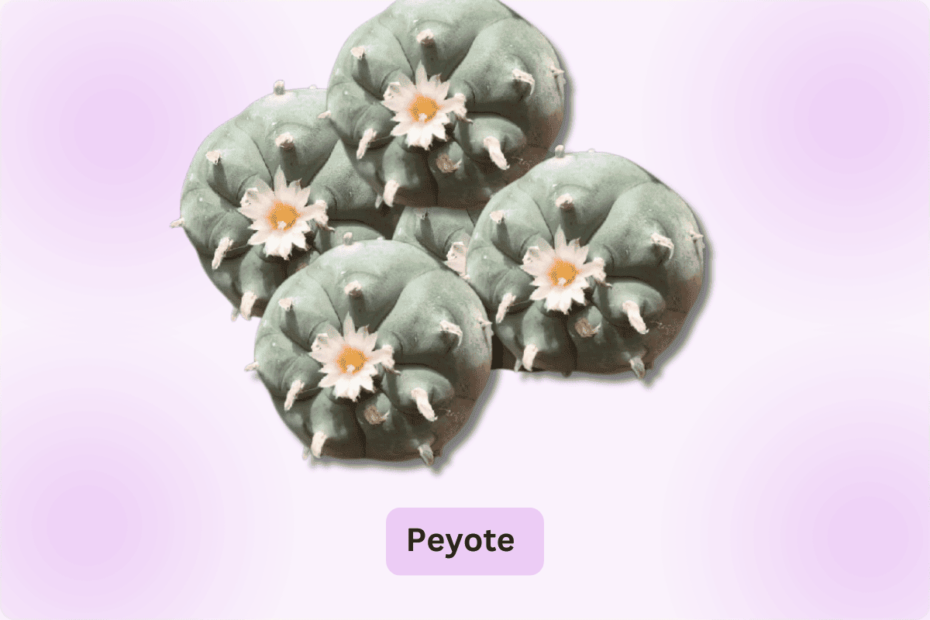A Lifetime of Botanical Exploration
As a seasoned botanical collector with over three decades of experience, I‘ve learned that understanding the true value of a specimen like peyote goes far beyond simple monetary metrics. My journey through the intricate world of rare botanical collection has taught me that each plant carries a story, a cultural legacy, and a complex ecosystem of value that transcends traditional market dynamics.
The Mysterious Origins of Peyote‘s Market Value
When I first encountered peyote during an expedition in the remote regions of Northern Mexico in the late 1980s, I realized this wasn‘t just another botanical specimen. The Lophophora williamsii represents a living testament to centuries of indigenous cultural practices, scientific intrigue, and ecological complexity.
Historical Context and Market Evolution
The valuation of peyote has dramatically transformed over the decades. What began as a sacred plant used exclusively in indigenous ceremonial practices has evolved into a complex global market influenced by scientific research, conservation efforts, and strict legal frameworks.
In the early days of my collecting career, peyote was primarily valued within indigenous communities. Today, its worth is determined by a multifaceted ecosystem of factors including botanical rarity, scientific potential, cultural significance, and increasingly stringent legal regulations.
The Economic Landscape of Peyote Collection
Understanding peyote‘s market value requires a nuanced approach. Unlike traditional collectible markets, peyote exists in a unique space where economic, cultural, and legal considerations intersect.
Pricing Dynamics: More Than Just a Number
A mature, healthy peyote specimen can range from $250 to potentially $5,000, depending on multiple critical factors:
Age and Maturity
Older specimens with documented provenance command significantly higher prices. A 30-year-old plant with a clear lineage can easily surpass $2,500, whereas younger plants might fetch between $100-$500.Genetic Uniqueness
Rare genetic variants or specimens from specific geographical regions can dramatically increase value. I‘ve personally witnessed collectors paying upwards of $10,000 for extraordinarily rare specimens with unique genetic characteristics.Conservation Status
The increasing rarity of wild peyote populations has created a complex market where conservation directly impacts valuation. With estimated population reductions of up to 90% in some regions, each specimen becomes increasingly valuable.
The legal framework surrounding peyote collection represents one of the most intricate challenges for serious collectors. In the United States, possession is strictly limited to Native American religious ceremonies, creating a highly regulated market.
My decades of experience have shown me that successful collection requires an intimate understanding of these legal nuances. A collector must navigate federal regulations, state-specific laws, and international treaties with surgical precision.
Global Regulatory Perspectives
Different countries present wildly varying legal landscapes:
- Mexico offers more lenient cultivation regulations
- European nations typically maintain strict prohibitions
- Some South American countries provide more research-oriented frameworks
Scientific and Research Value
Beyond traditional collection, peyote holds immense scientific potential. Research institutions and pharmaceutical companies increasingly recognize its value for potential neurological and psychological research.
A single well-preserved specimen could be worth tens of thousands of dollars to the right research team, particularly those exploring potential treatments for mental health conditions.
Ethical Considerations in Peyote Collection
As a responsible collector, I cannot overemphasize the importance of ethical acquisition. The cultural significance of peyote to indigenous communities means that collection must always prioritize respect, preservation, and collaboration.
Sustainable Collection Practices
Modern collectors must consider:
- Indigenous cultural preservation
- Ecological sustainability
- Minimal environmental impact
- Transparent acquisition methods
The Future of Peyote Valuation
Looking forward, I anticipate increasingly complex valuation models. Climate change, conservation efforts, and evolving scientific research will continue to reshape how we understand and value this remarkable plant.
Emerging trends suggest:
- Increased scientific interest
- Growing conservation awareness
- More sophisticated genetic research
- Potential breakthrough medical applications
Personal Reflection: Beyond Monetary Value
After 30 years of botanical collection, I‘ve learned that true value cannot be measured solely in financial terms. Each peyote specimen represents a living connection to ancient cultural practices, scientific potential, and ecological wonder.
Conclusion: A Living Legacy
Peyote‘s worth extends far beyond simple market pricing. It represents a complex intersection of botanical rarity, cultural heritage, scientific potential, and ecological significance.
For serious collectors, the journey is never about ownership, but about preservation, understanding, and respect.
Disclaimer: This article provides informational content. Always consult local legal authorities and respect indigenous cultural practices when considering botanical collection.
